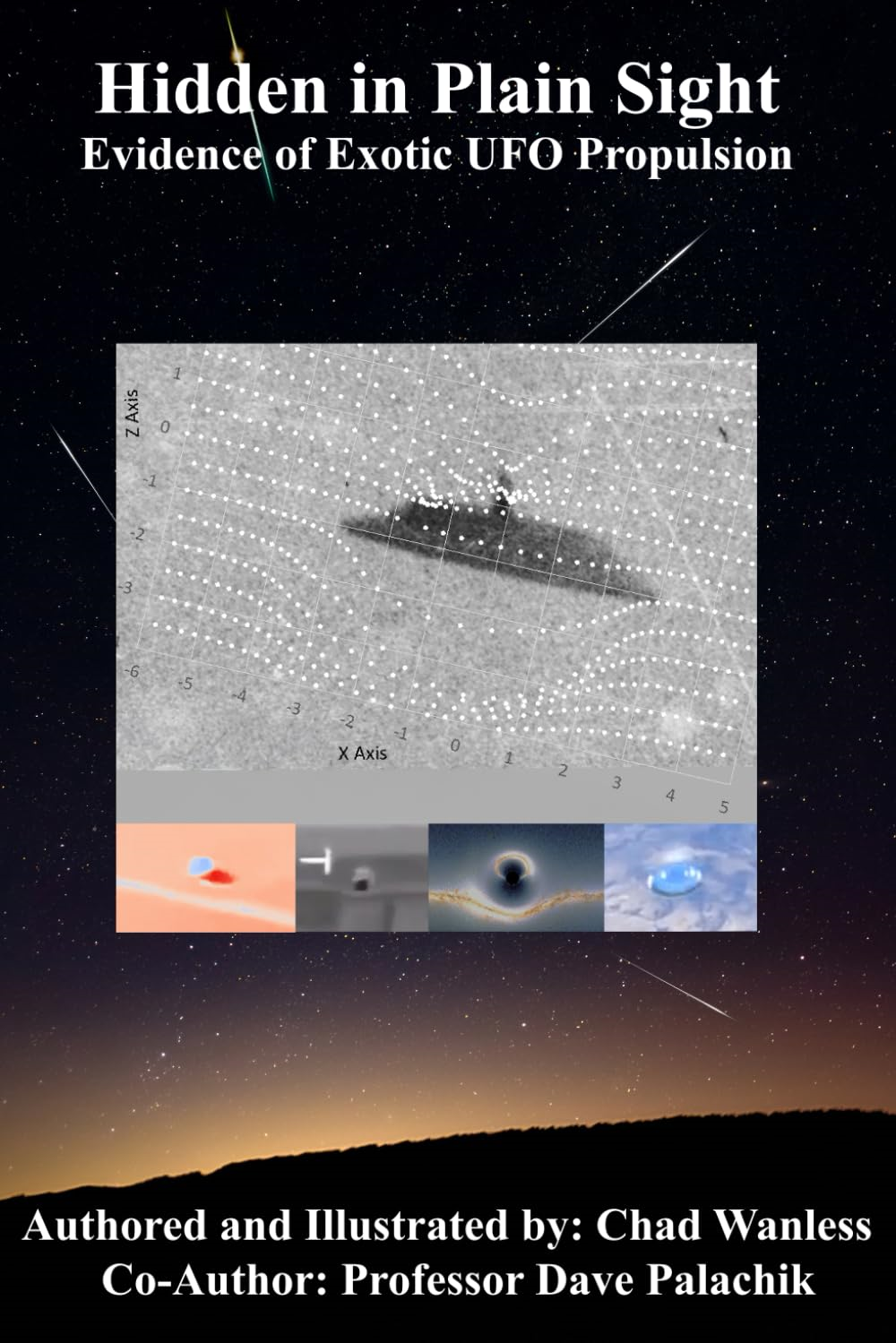NASA’s new black hole visualization shows ‘carnival mirror’ effect0
- From Around the Web, Science & Technology, Space
- September 26, 2019
NASA has released a stunning new high-resolution visualization of a black hole, specifically how its gravity distorts the way it looks.
















